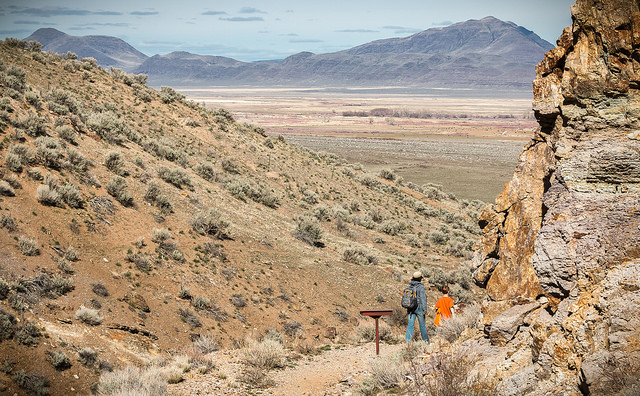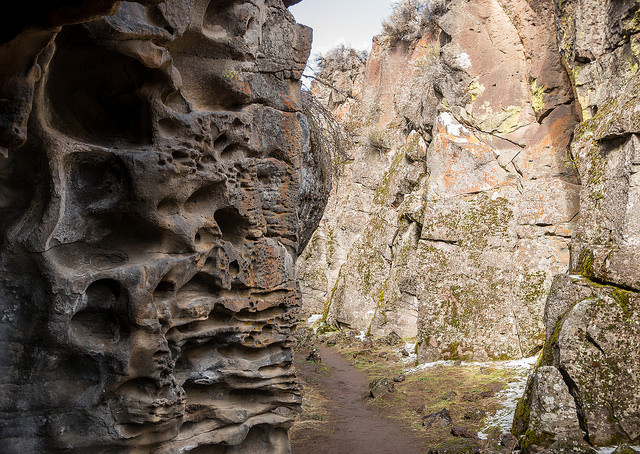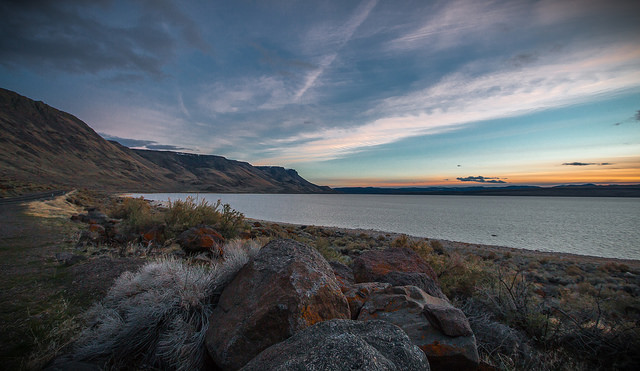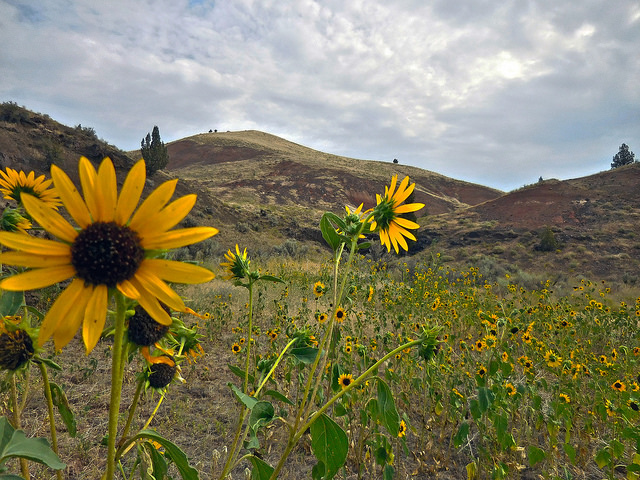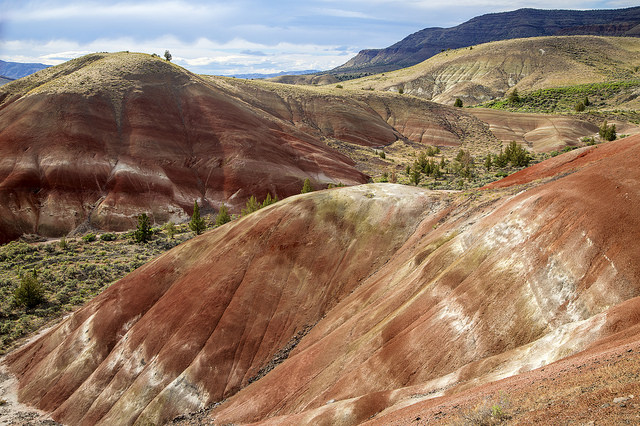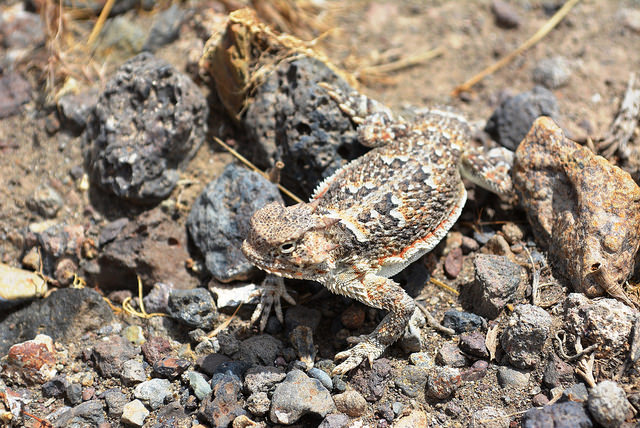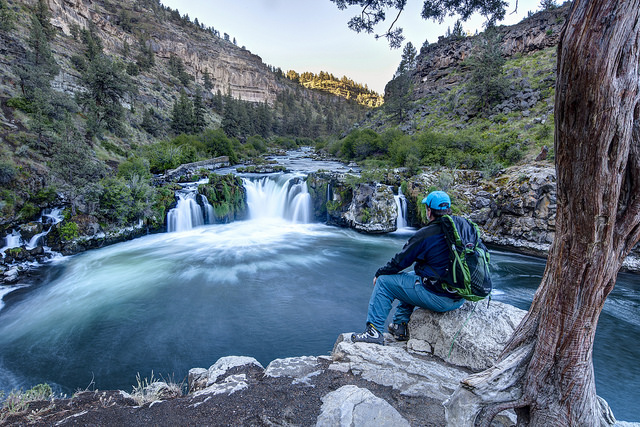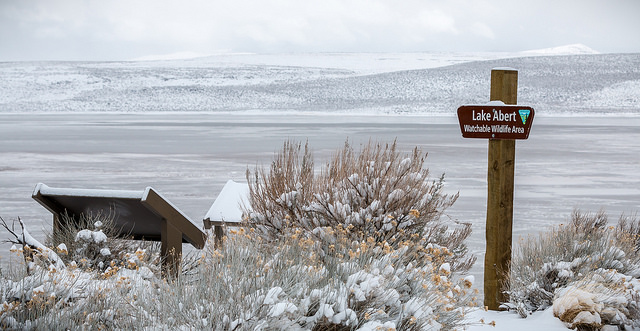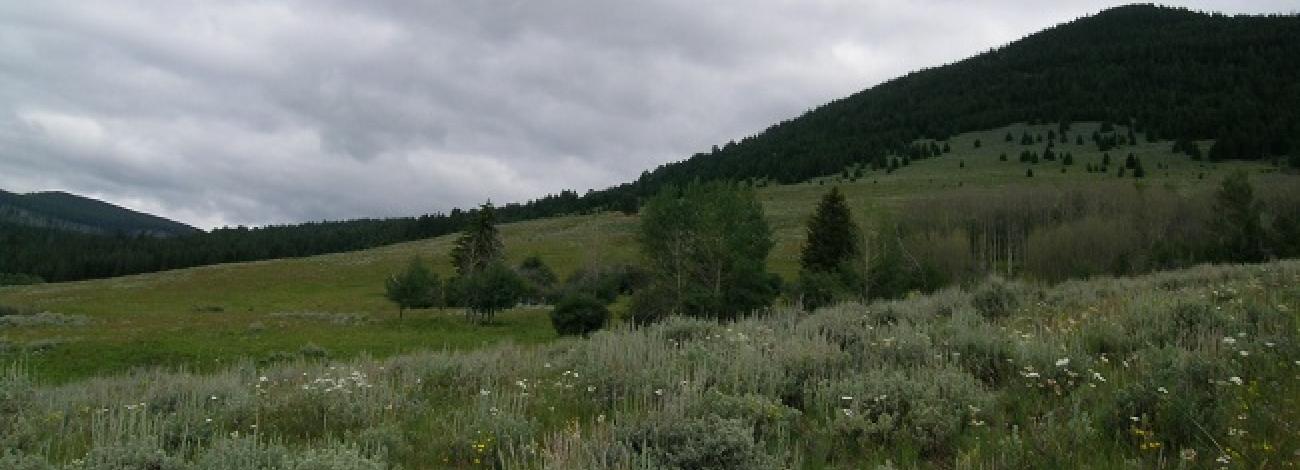
Chopaka Mountain Wilderness Study Area
Hidden deep within the highlands of northern Okanogan County, visitors will discover a jewel of a mountain lake. Aspen tree groves and sagebrush line the shores, providing a scenic backdrop to many lakeside activities. Mountain goats are often seen high on the surrounding mountain sides of this spectacular Wilderness Study Area (WSA). Try your luck fly fishing for trout or take a peaceful hike in the 5,518-acre Chopaka Mountain WSA. The WSA is accessed by non-motorized trails through the Chopaka Lake campground. Chopaka Lake is open YEAR ROUND, but due to snow conditions, road access is limited during the winter. Drive in access is available from approximately mid-April to mid-November.
- Motorized vehicles and mechanized transport (including bicycles) are not allowed in the WSA.
- Hike or boat-in camping is allowed in the WSA, but there are no developed campsites.
- The BLM Chopaka Lake campground has eight campsites with fire rings and a vault toilet.
No fees.
Hookups and potable water are not available.
Cellular phone coverage may be limited.
Selective fishing regulations apply.
Pack out all trash and leave no trace.
From Highway 97 at Tonasket, take the Loomis-Oroville Highway west through Loomis. Approximately two miles past Loomis, turn left on the Toats Coulee road. The BLM camping area is north of the Washington State Department of Natural Resources campground and can be accessed via the Loomis State Forest off the Toats Coulee road.
Remote Chopaka Lake and its surrounding hillsides are excellent places for viewing wildlife. Catch a glimpse of bald and golden eagles, peregrine falcons, bighorn sheep, black bear, mule deer, moose and mountain goats.
Contact
Wenatchee BLM Field Office
915 N. Walla Walla Ave.
Wenatchee, WA 98801
509-665-2100

